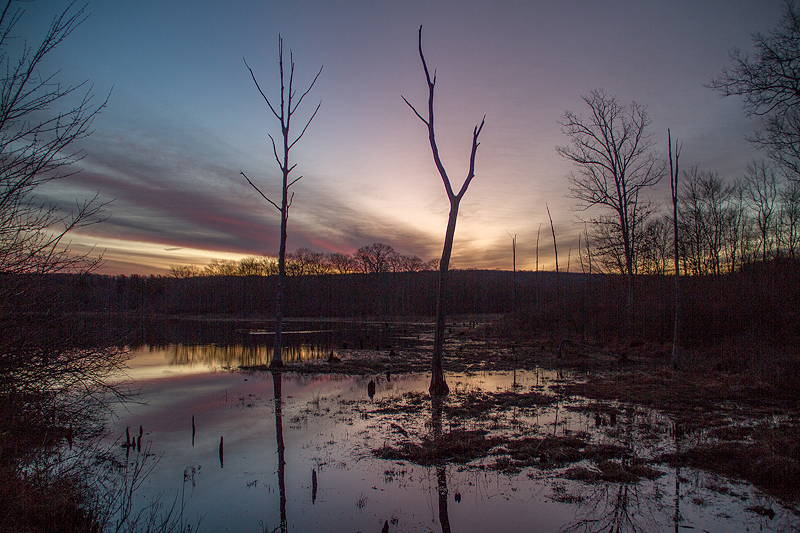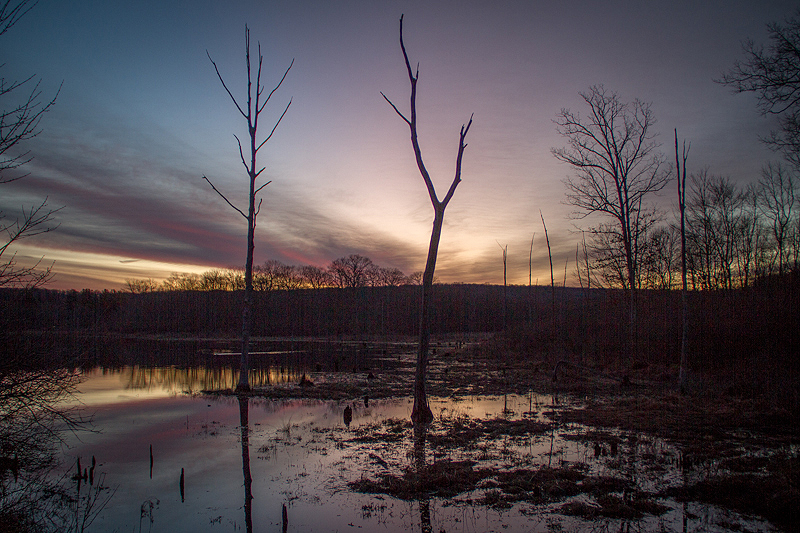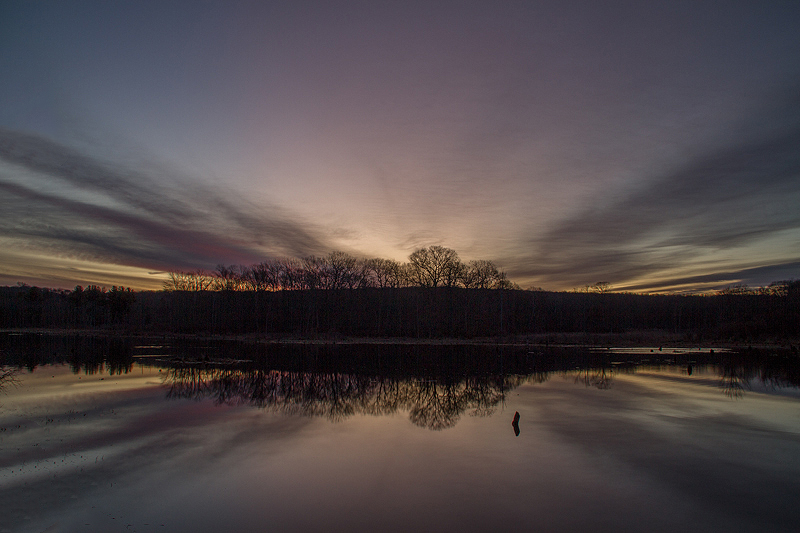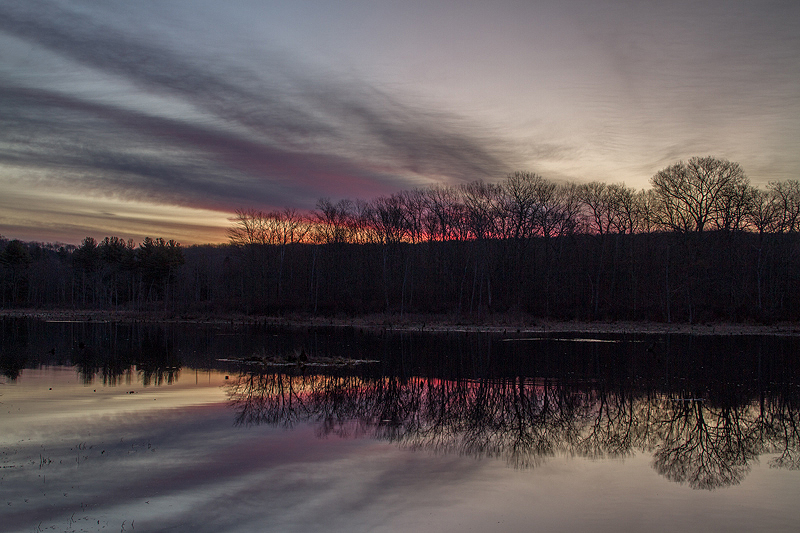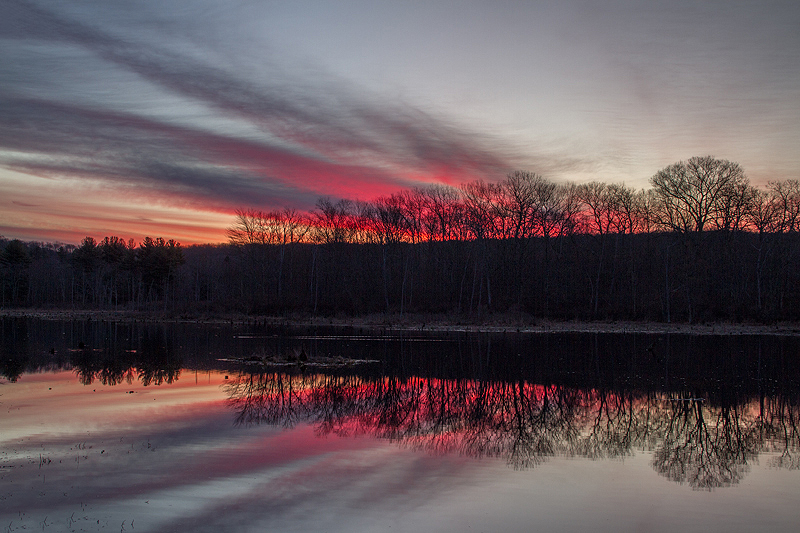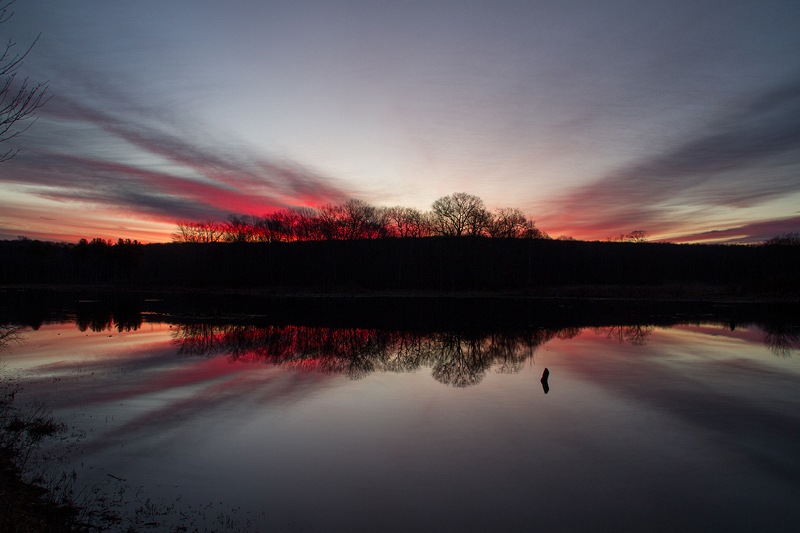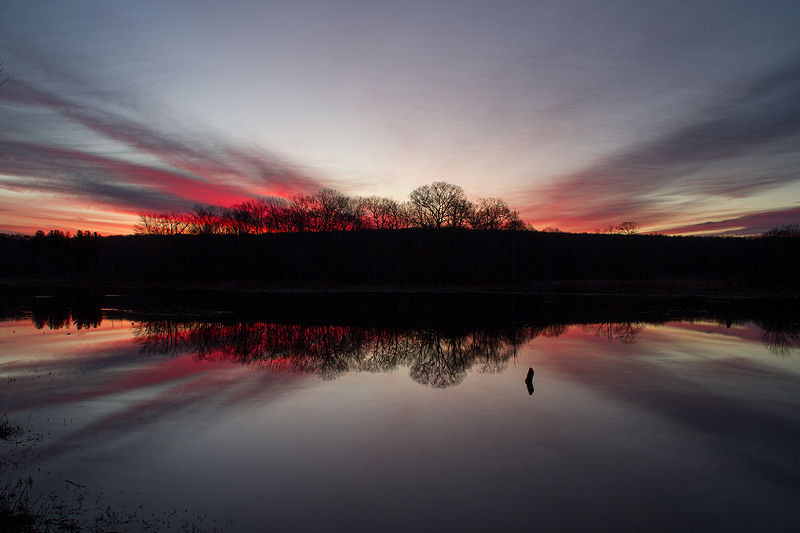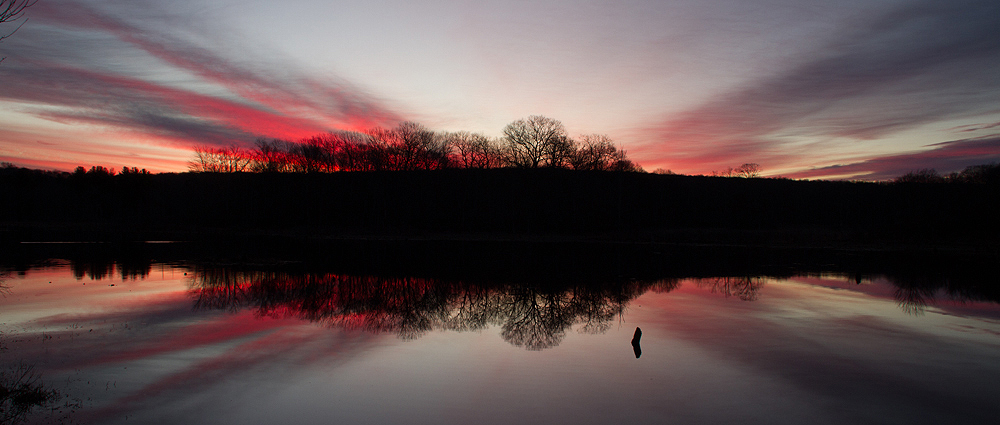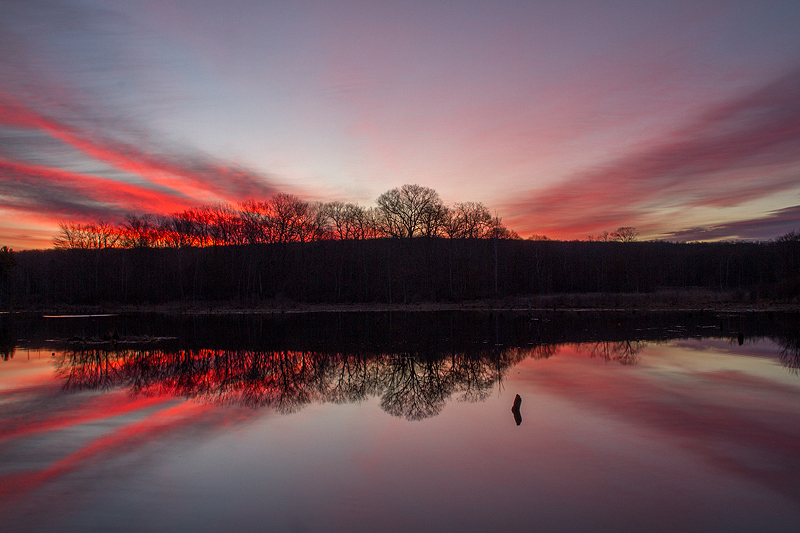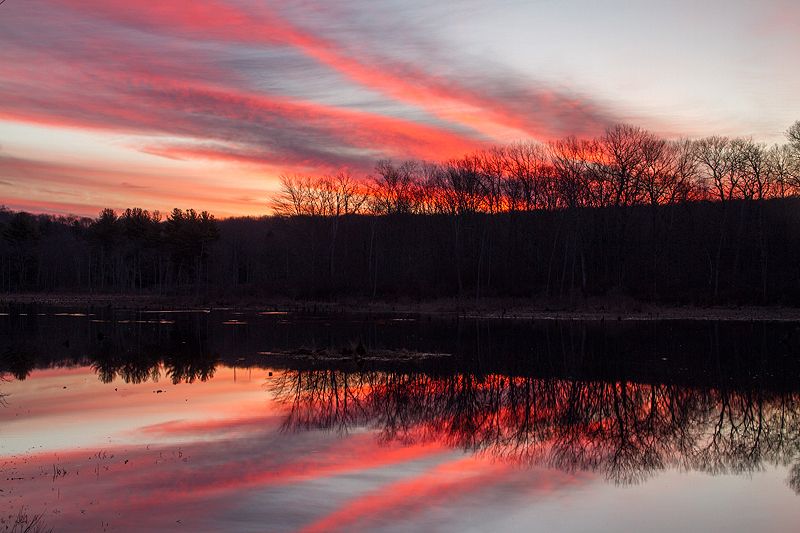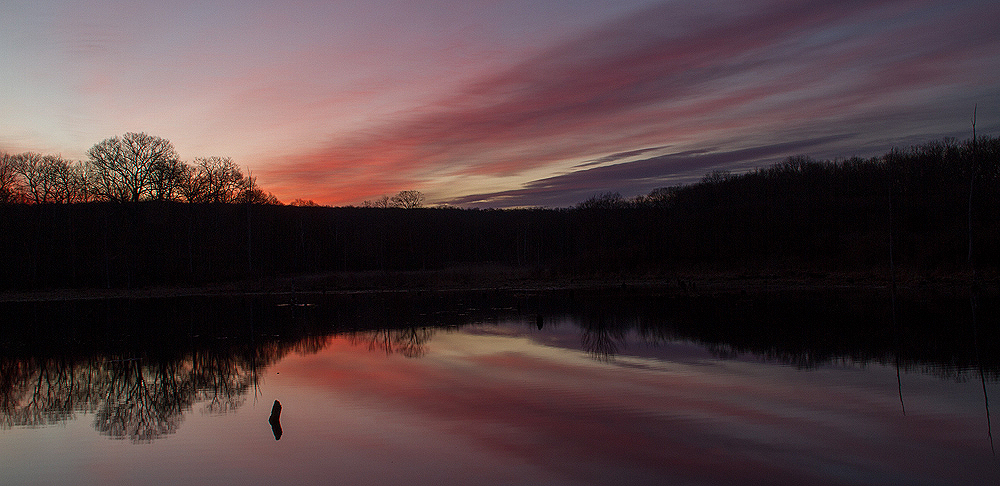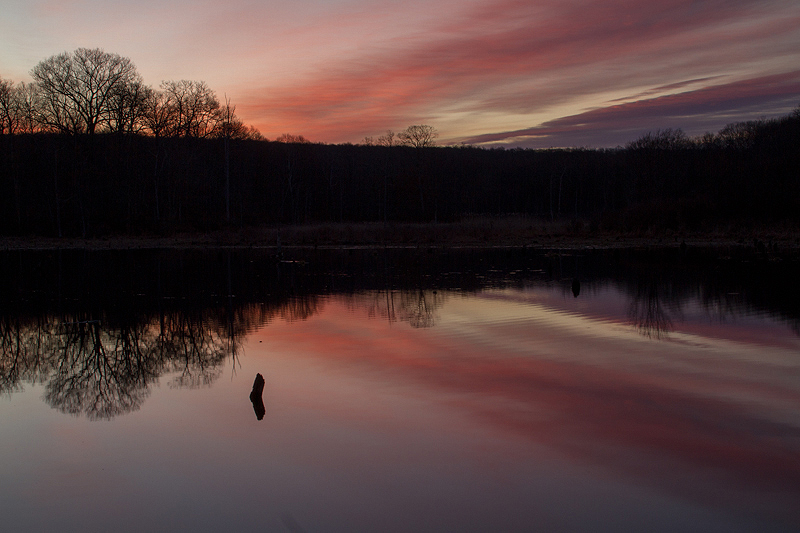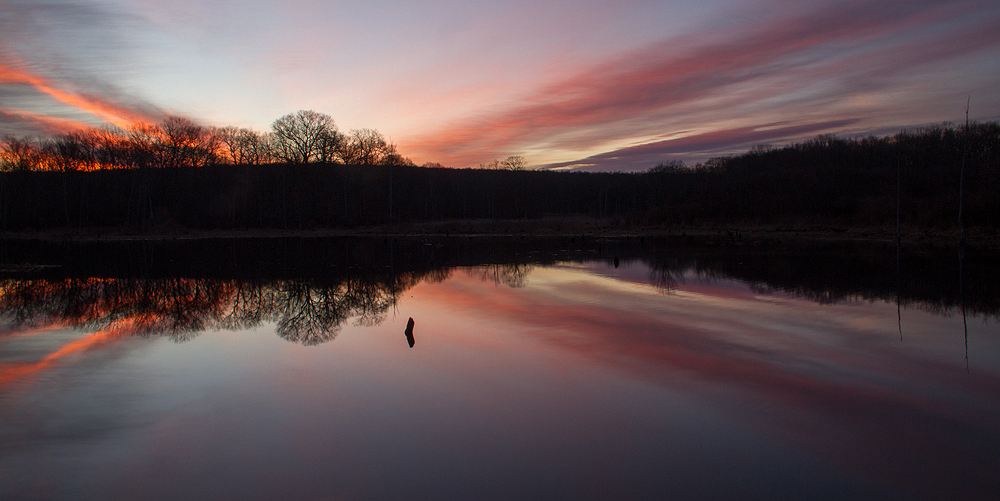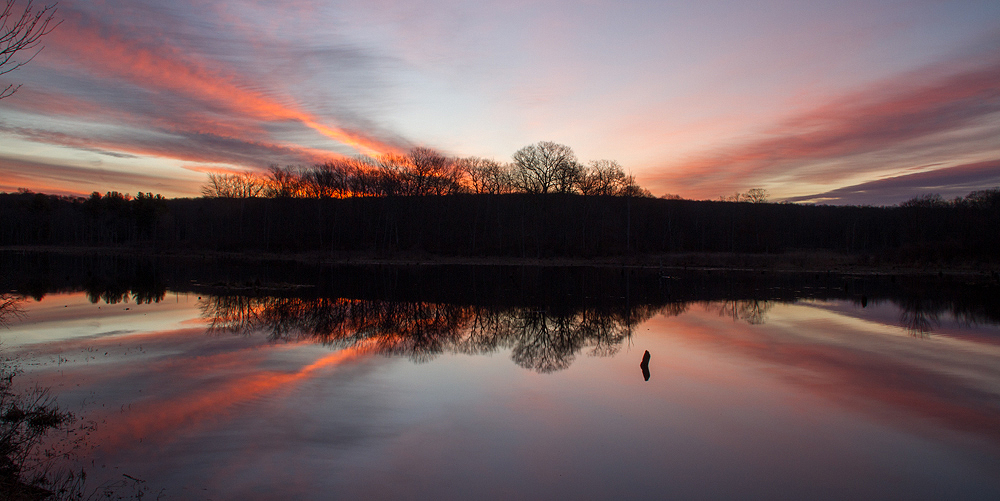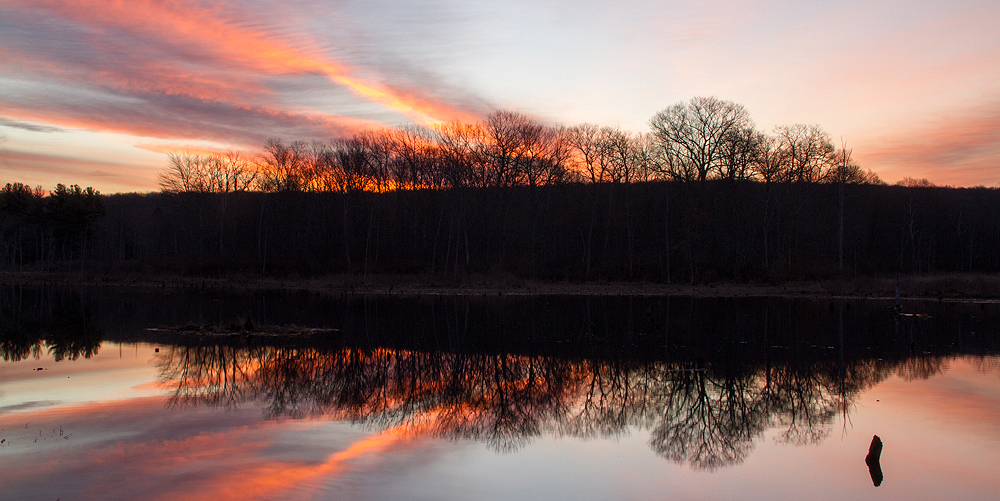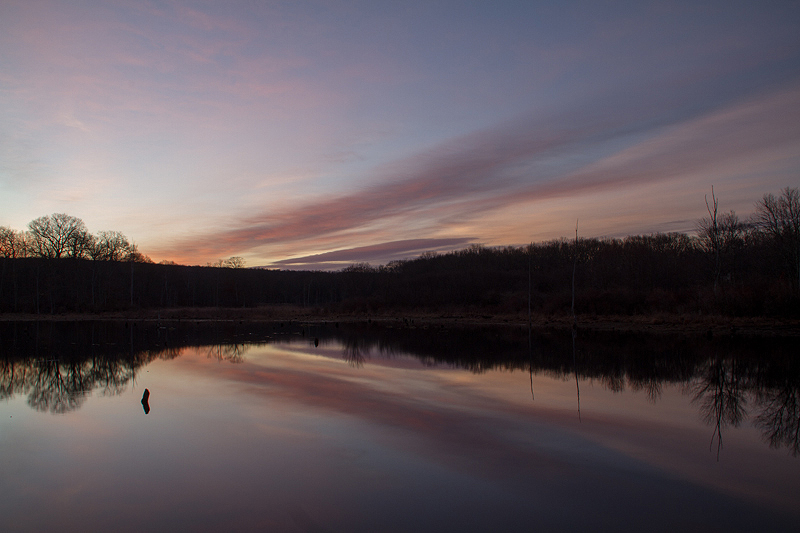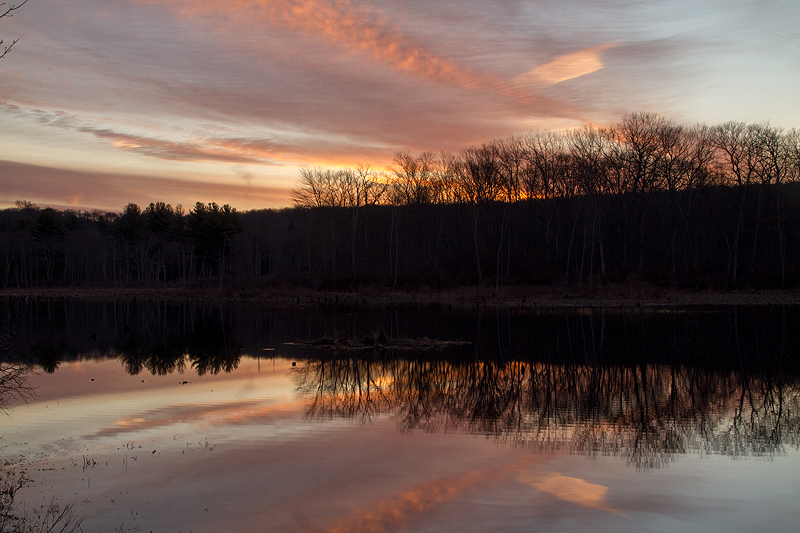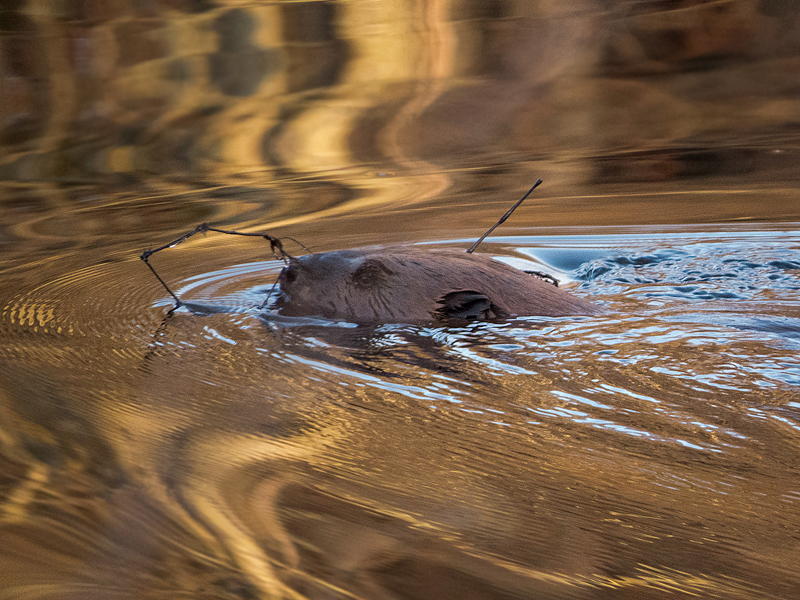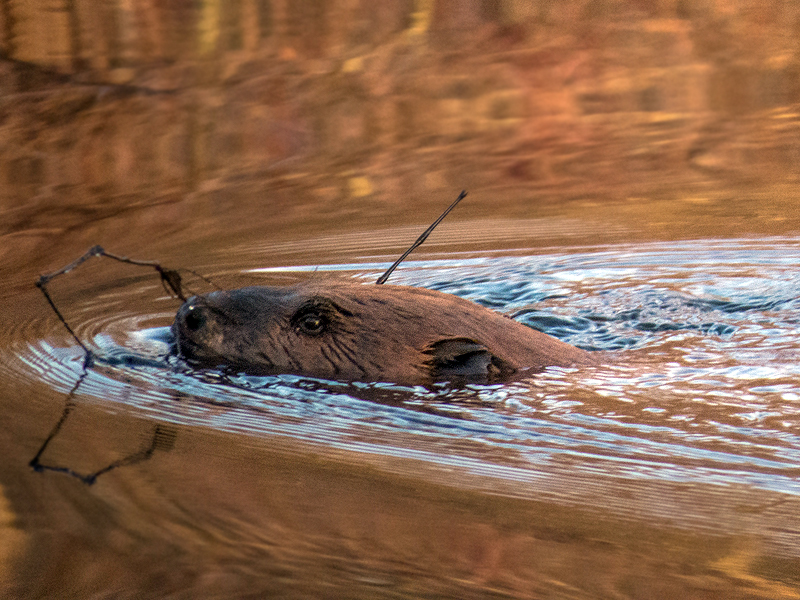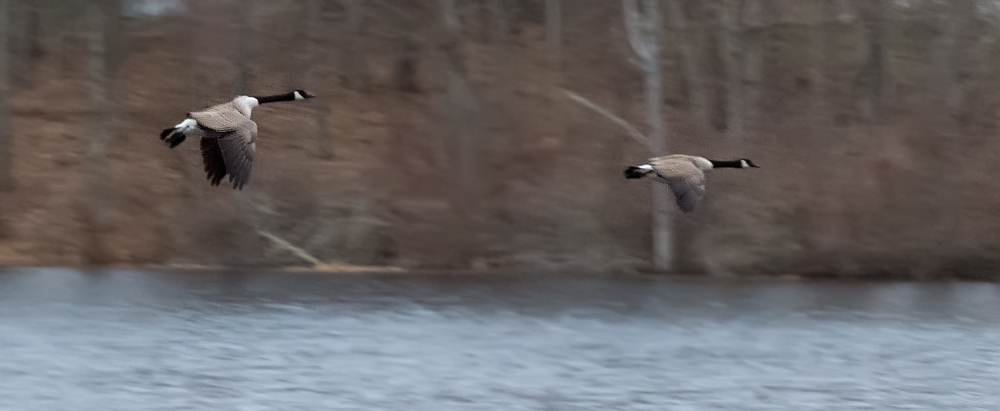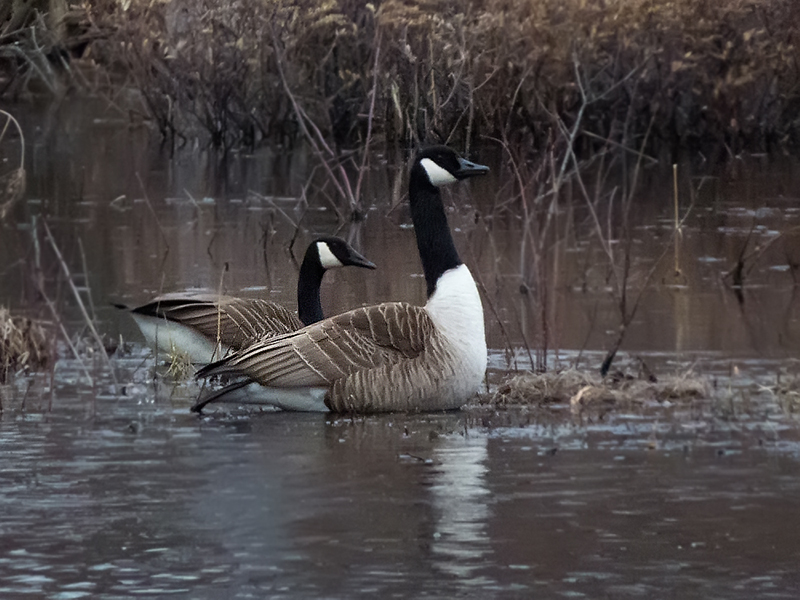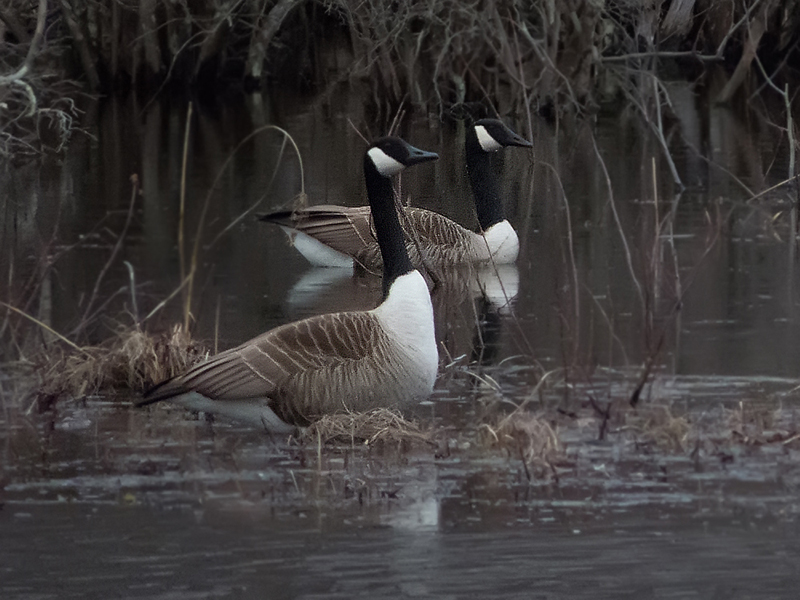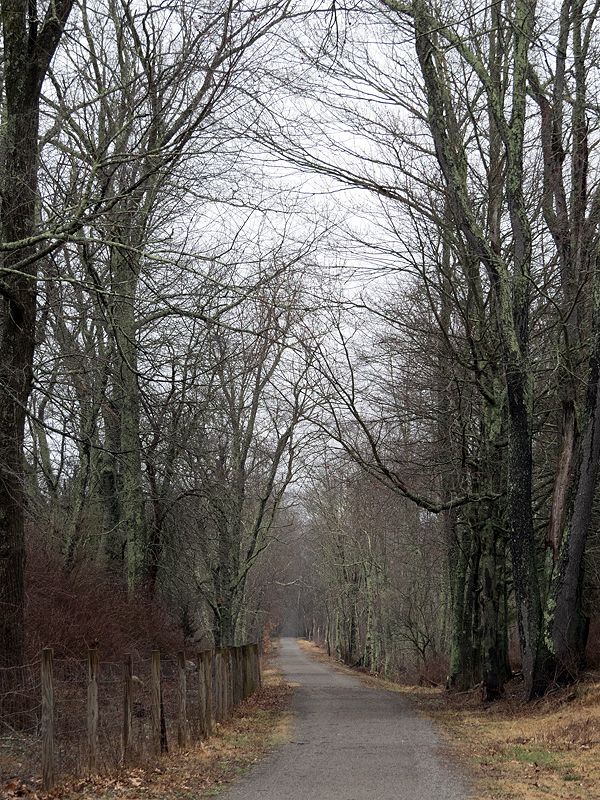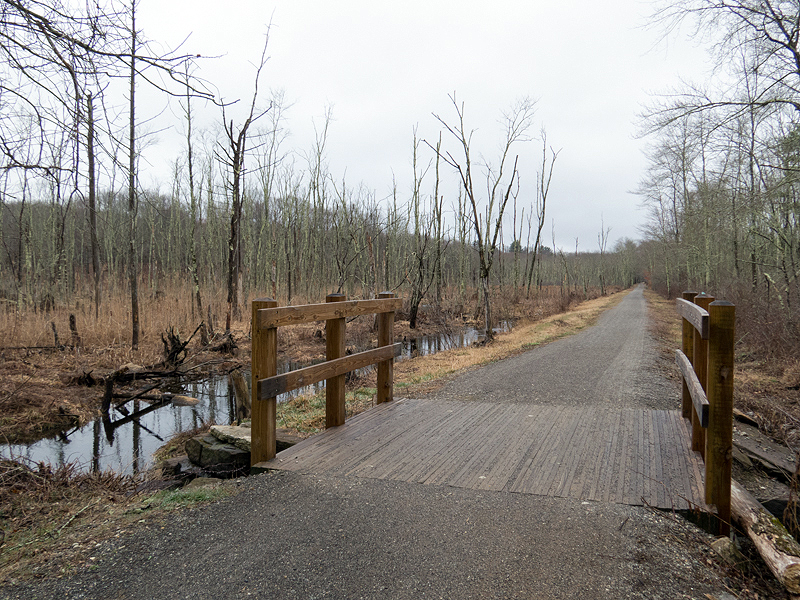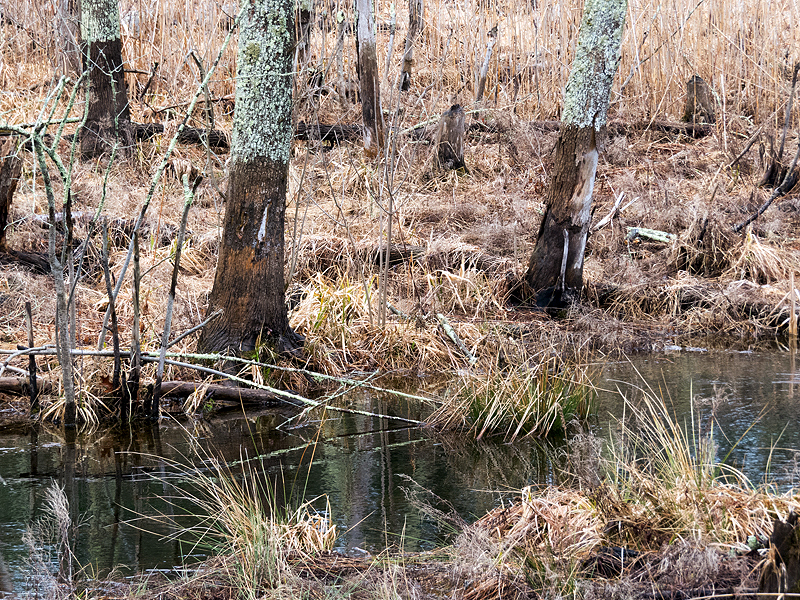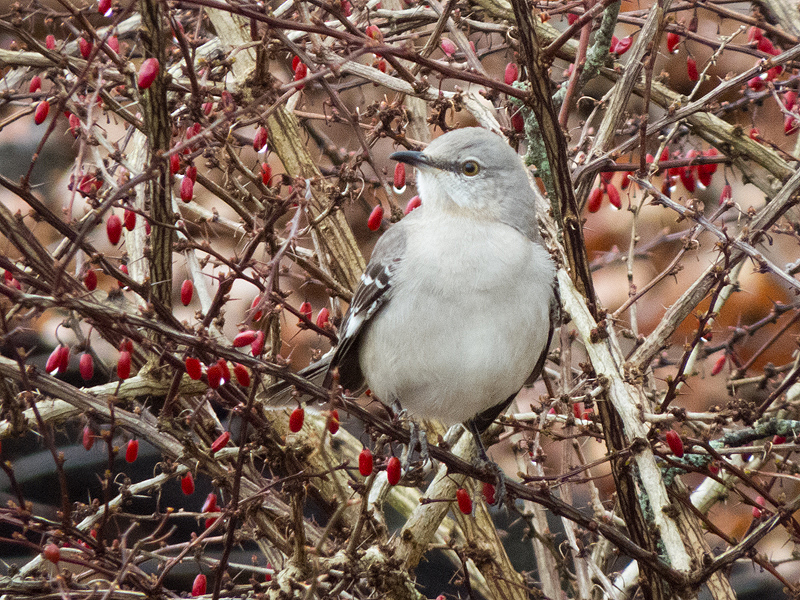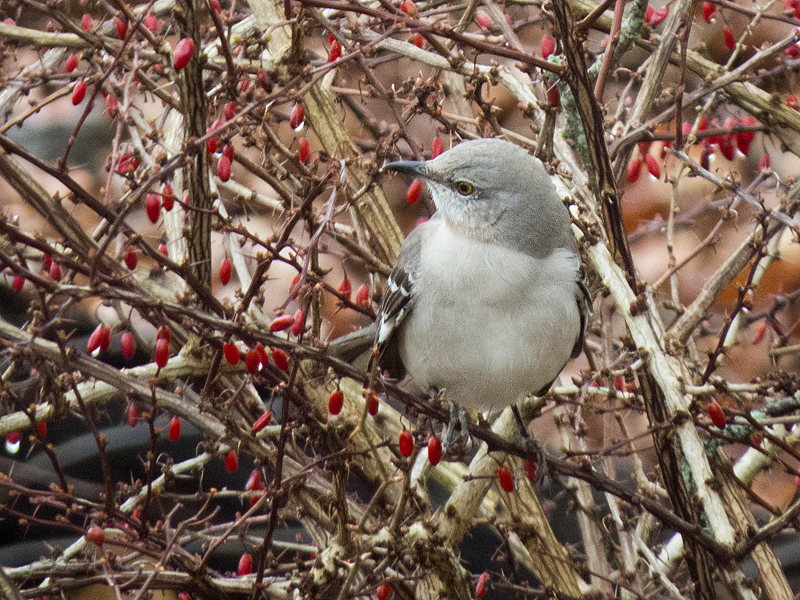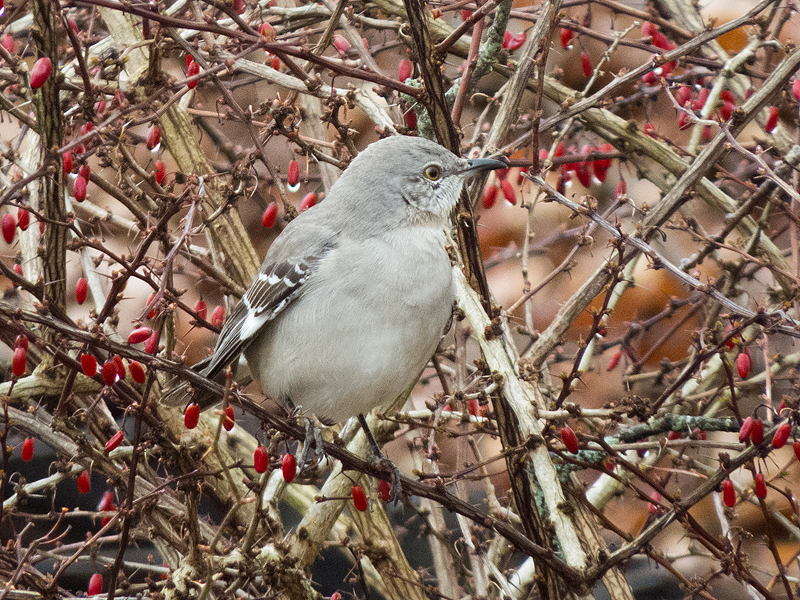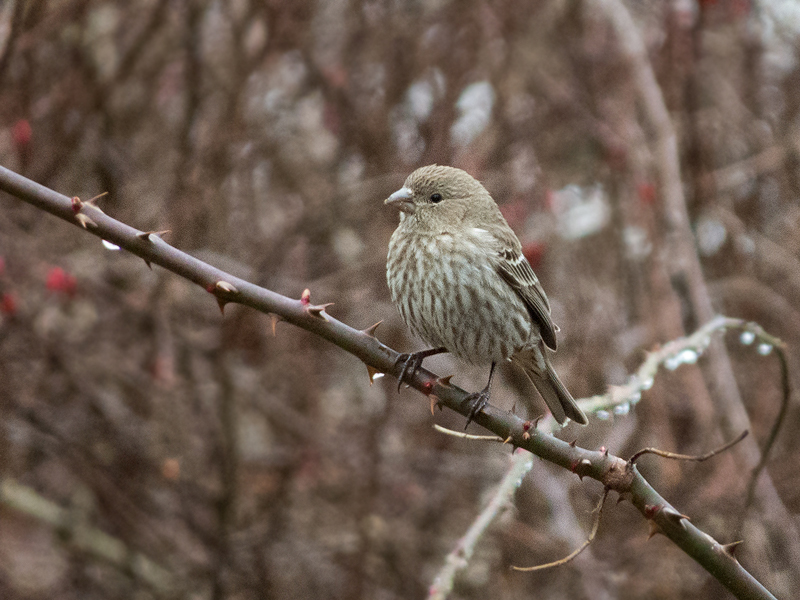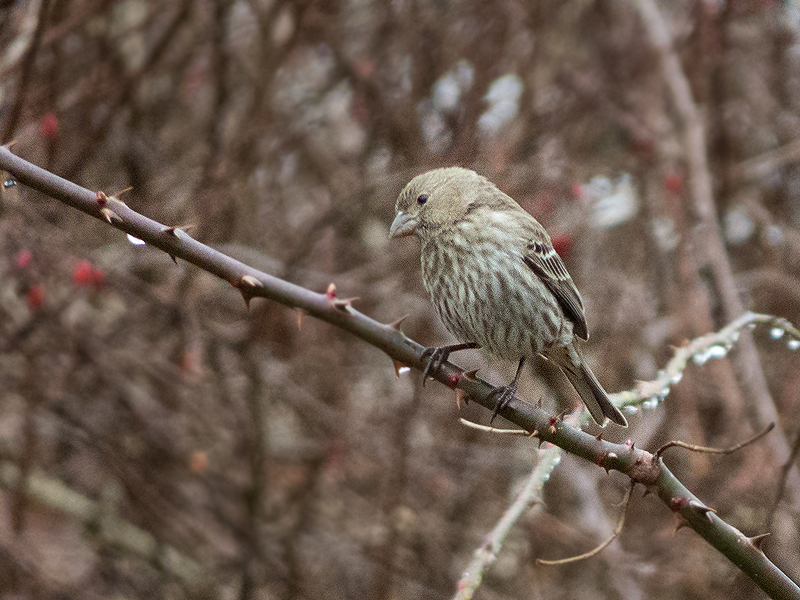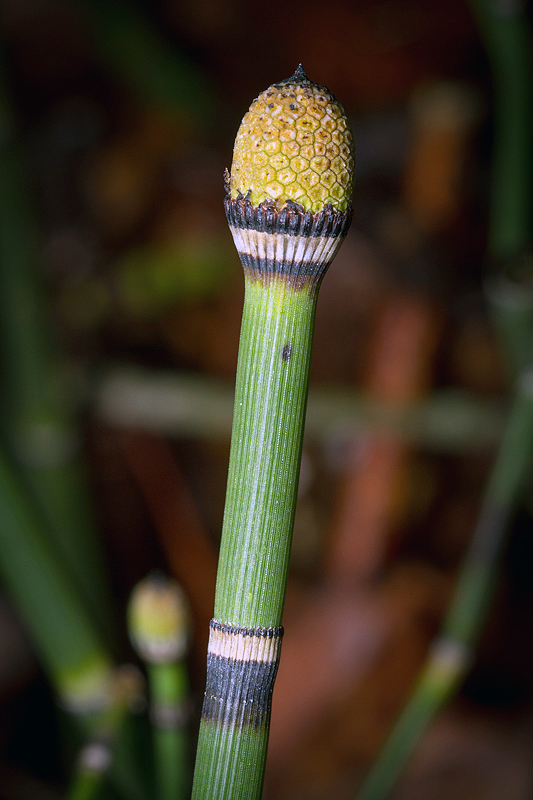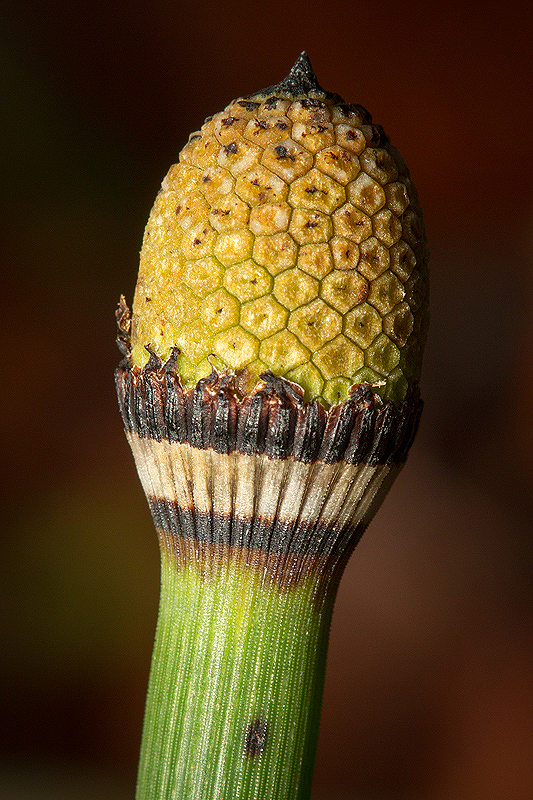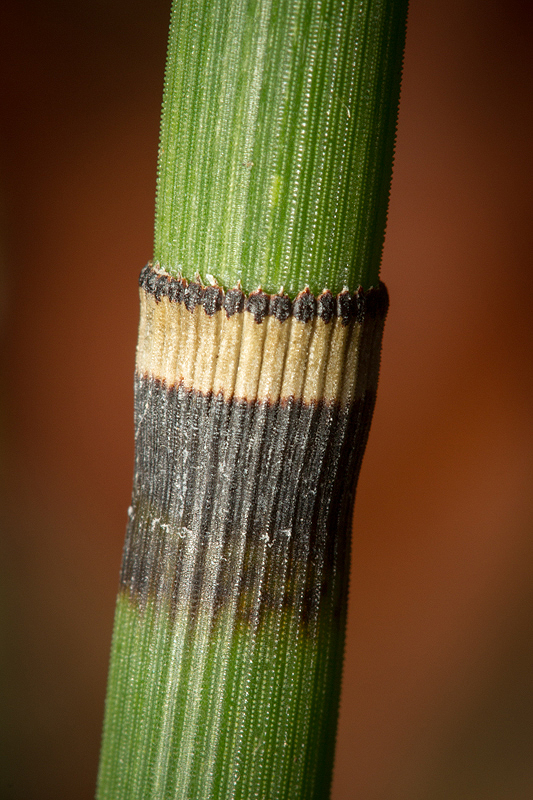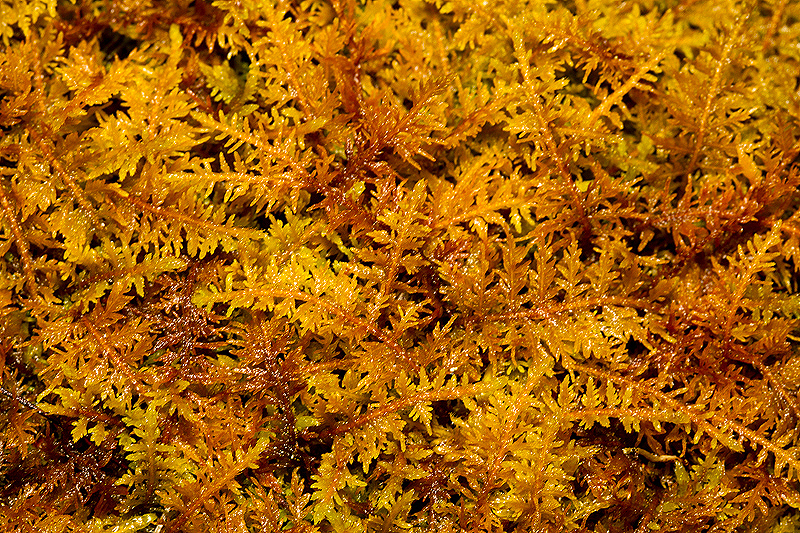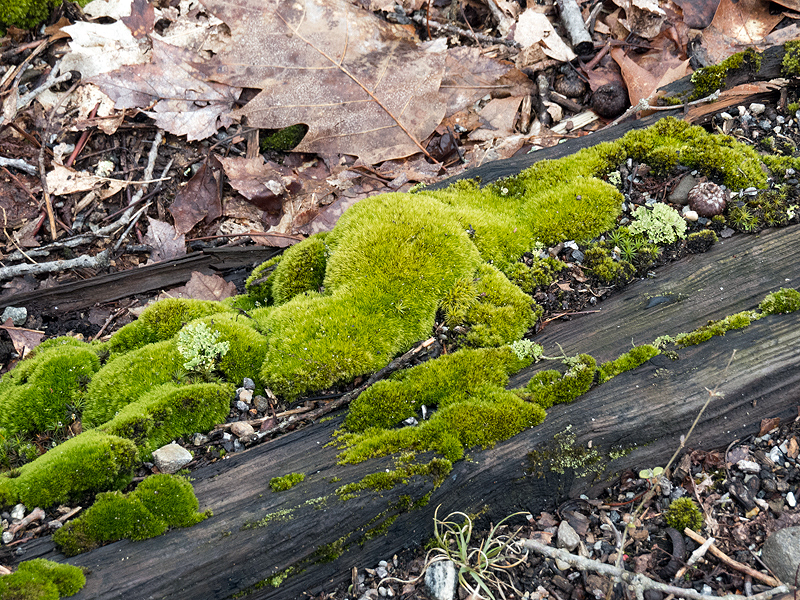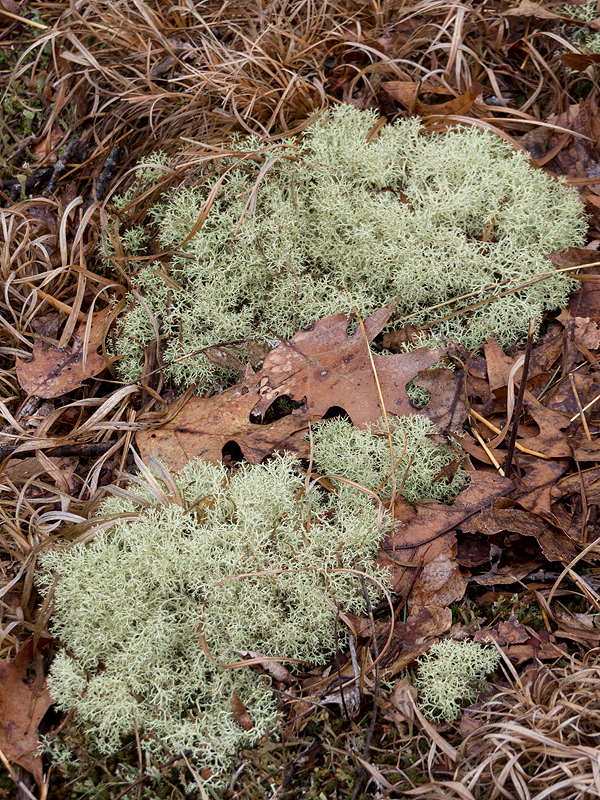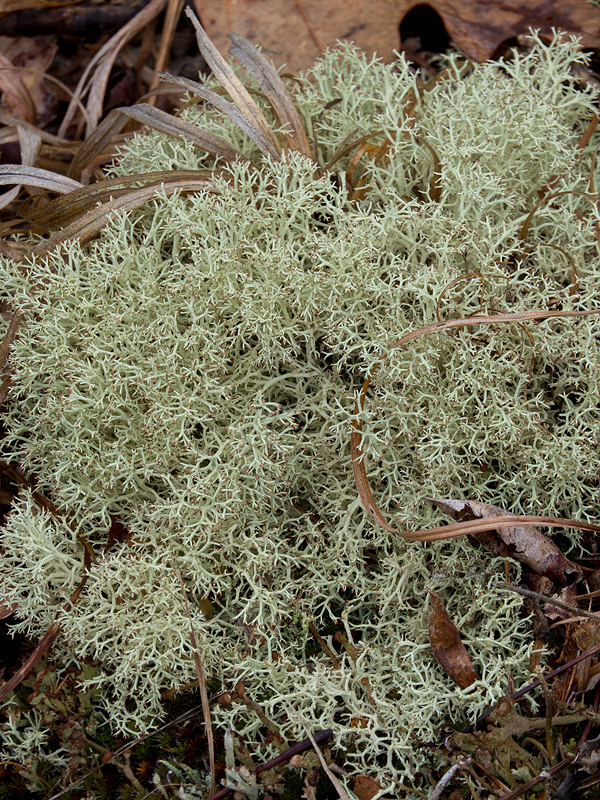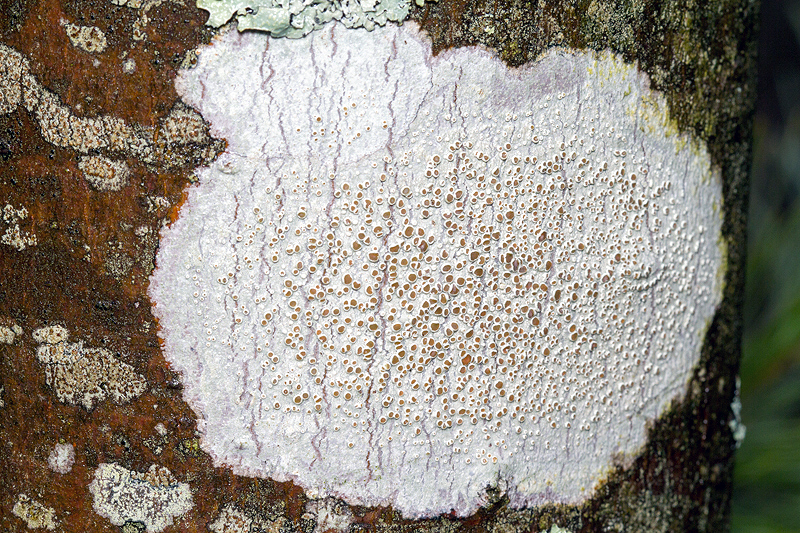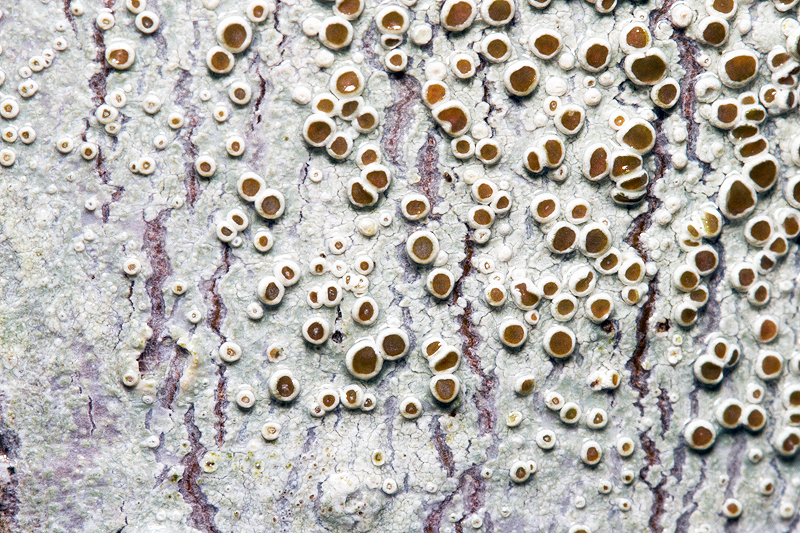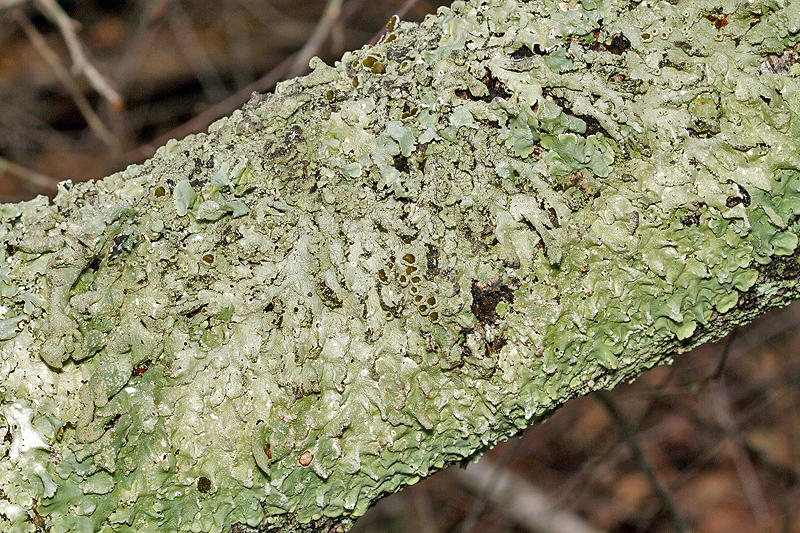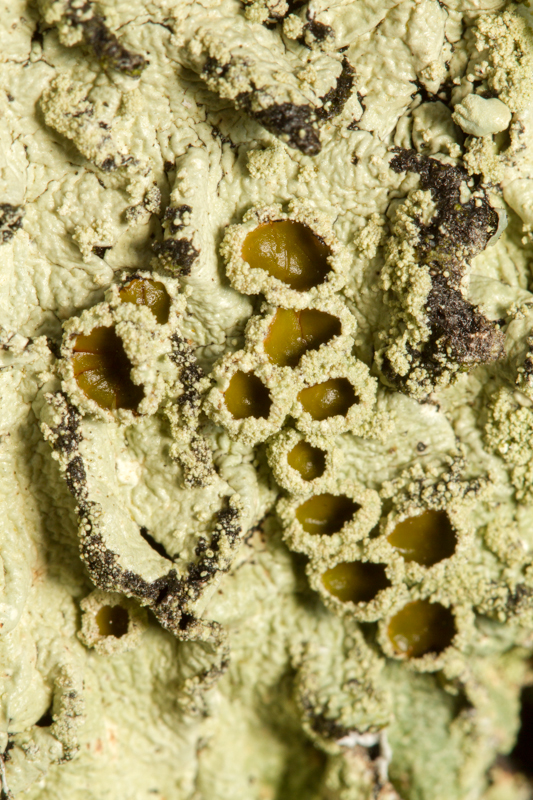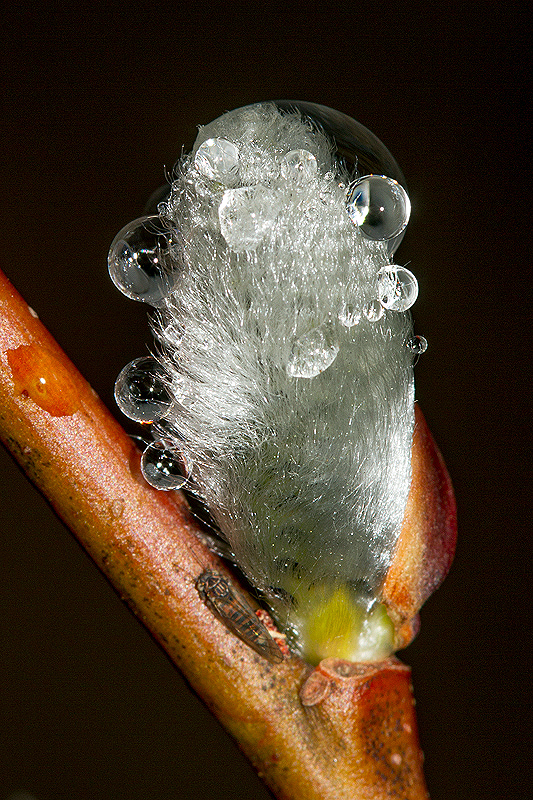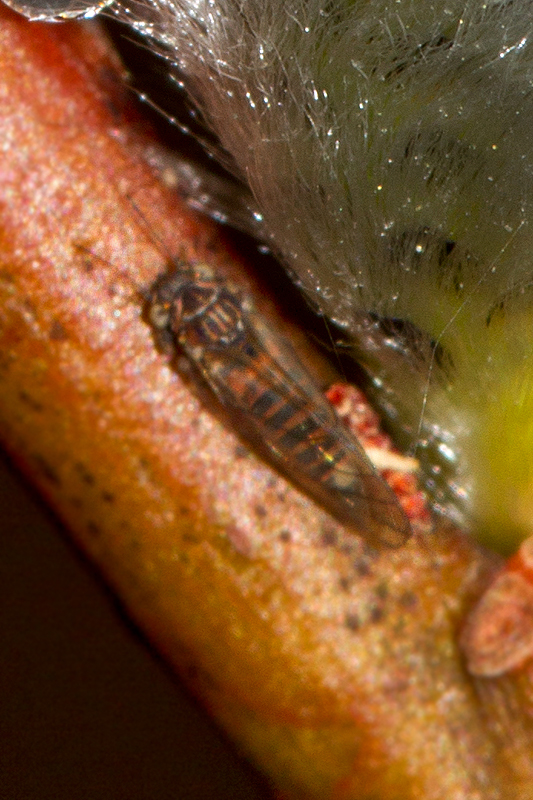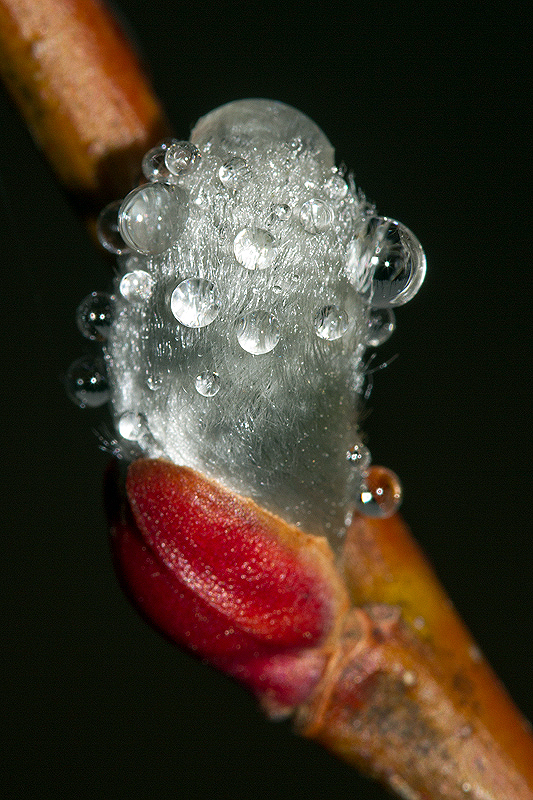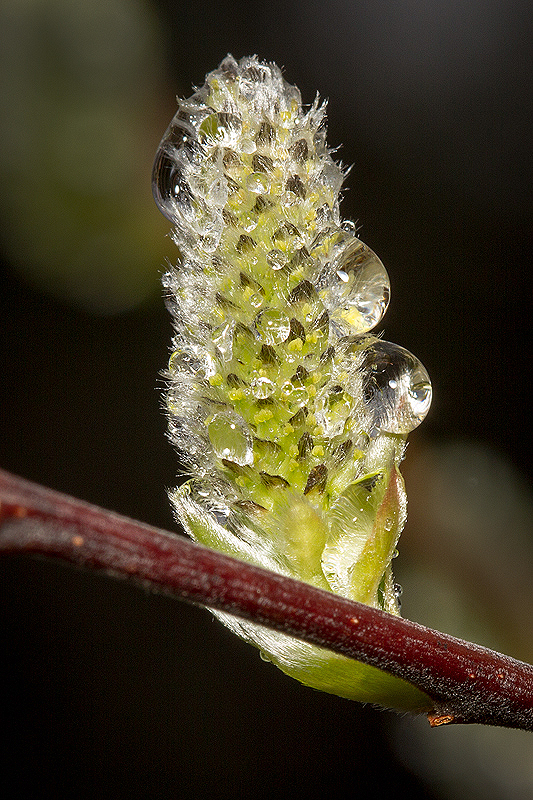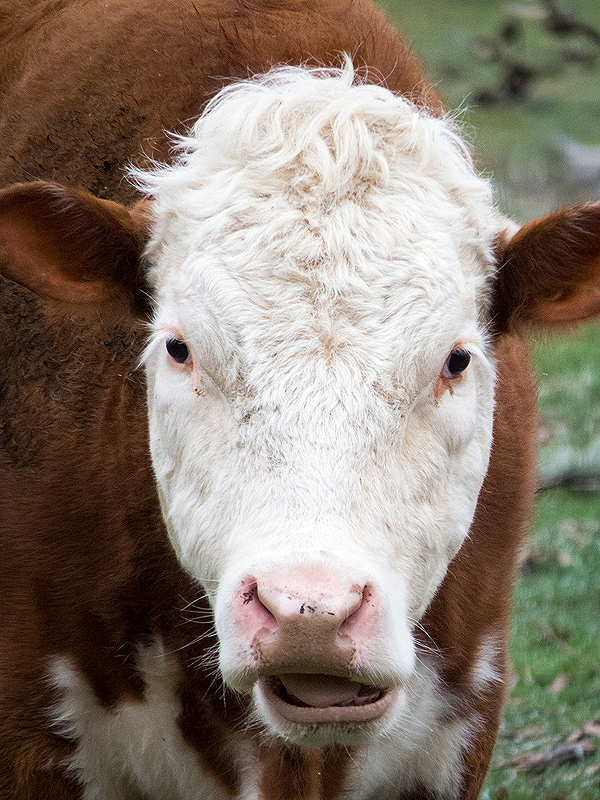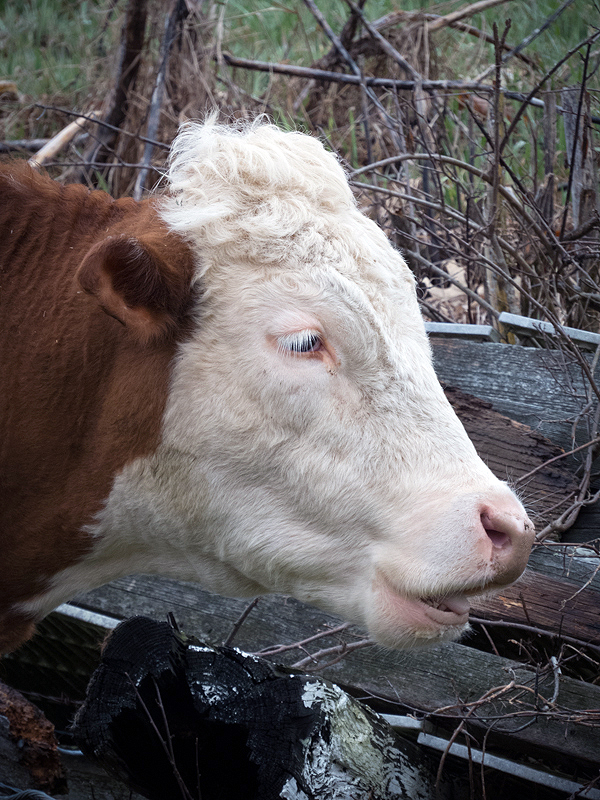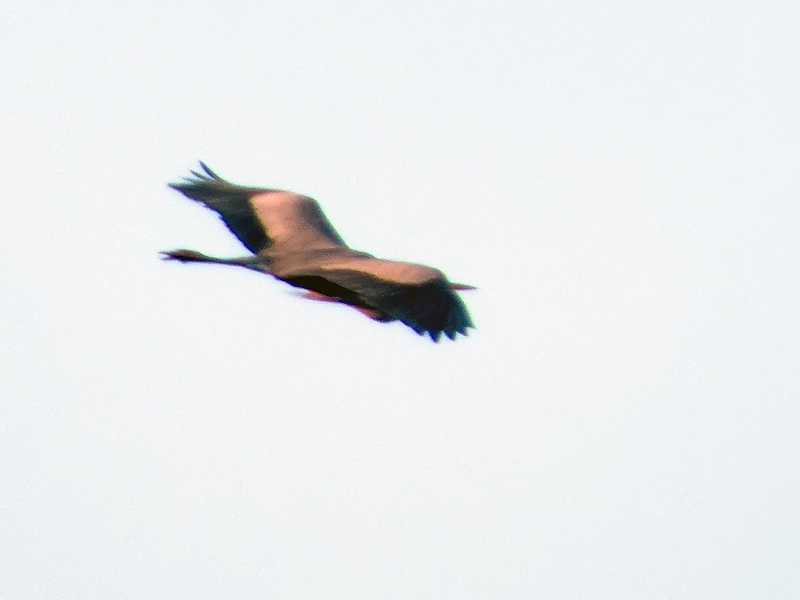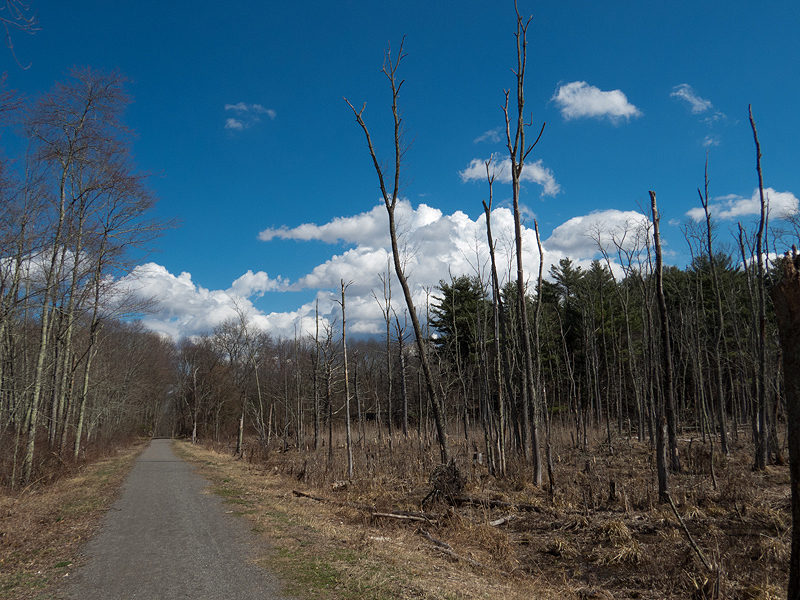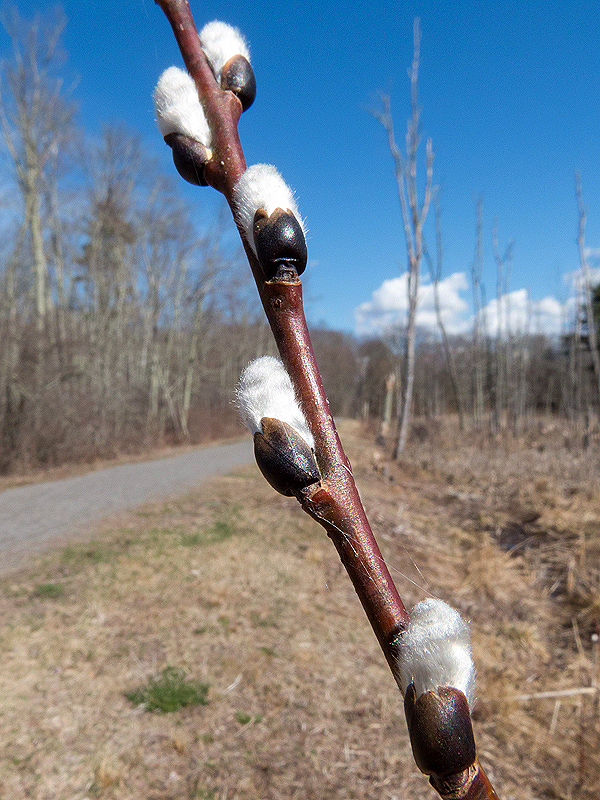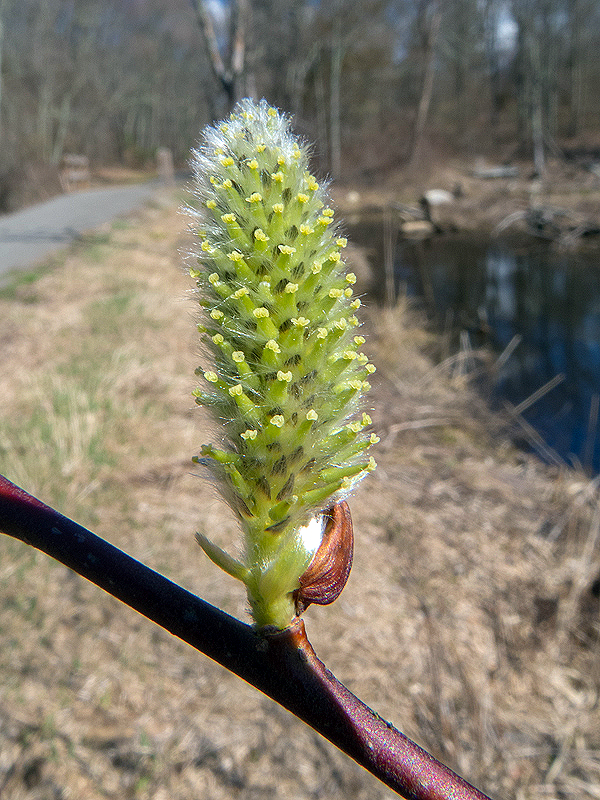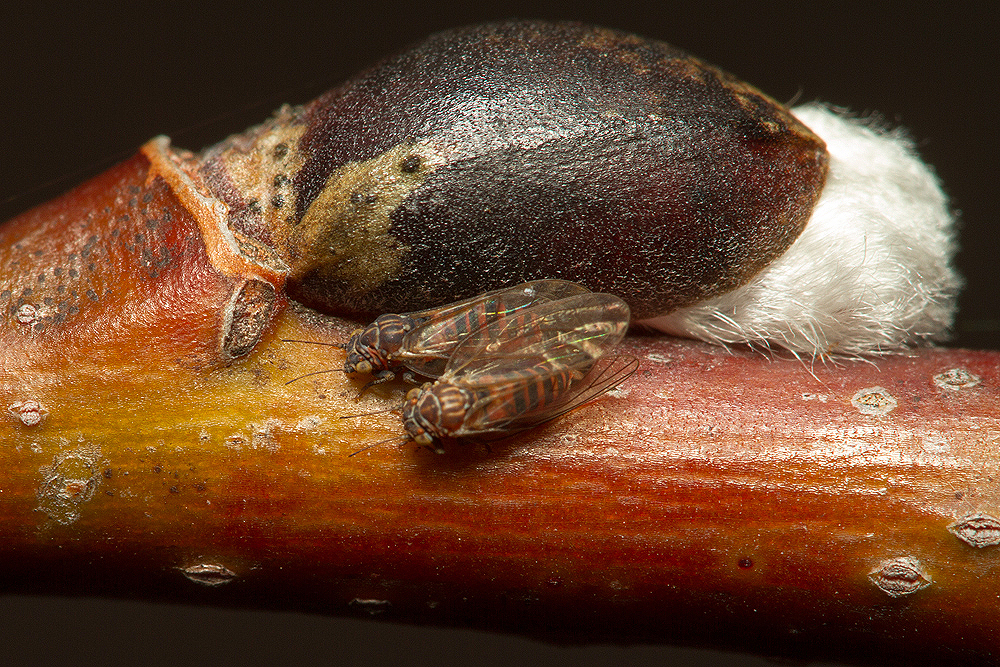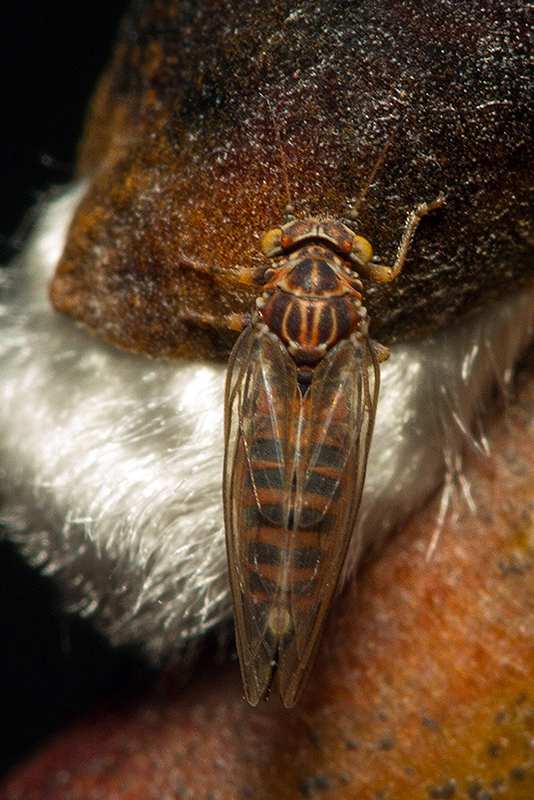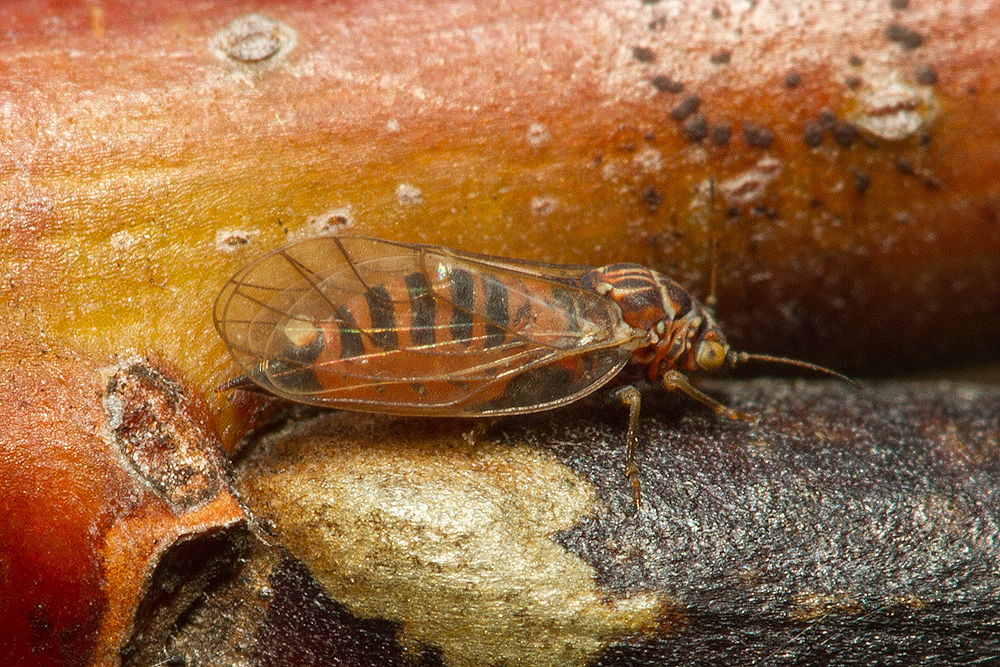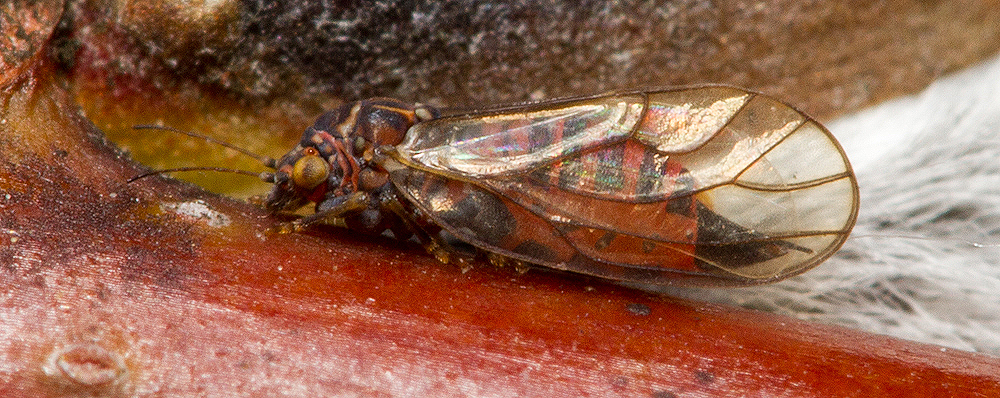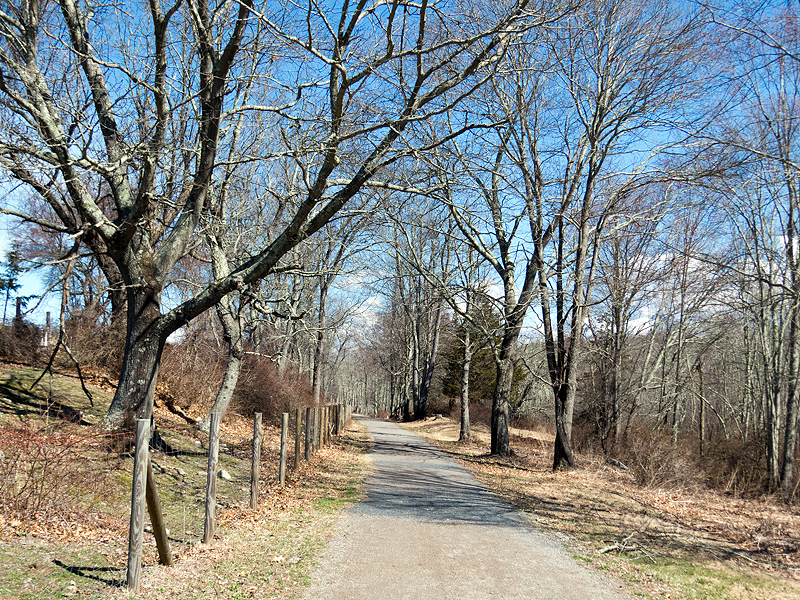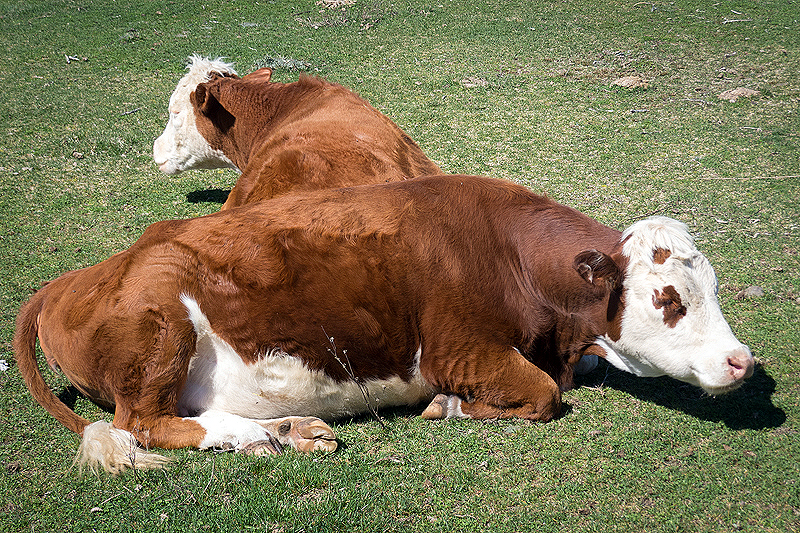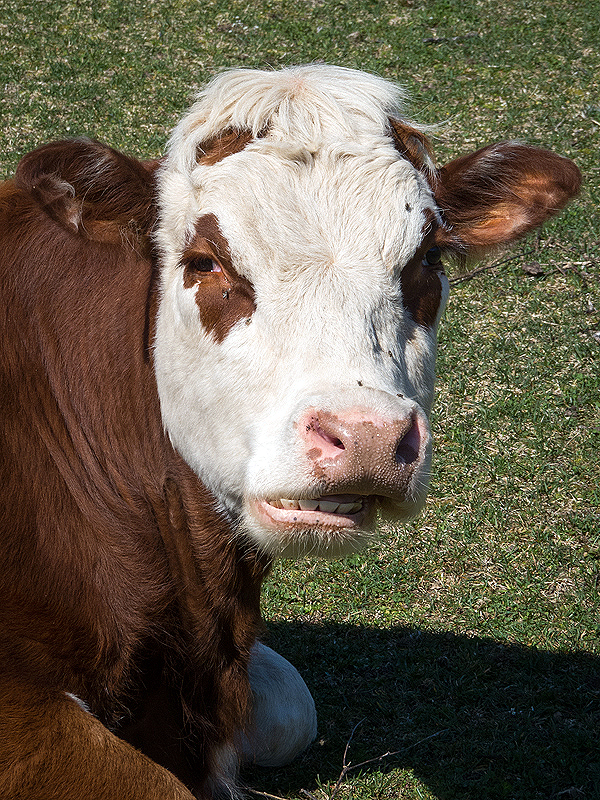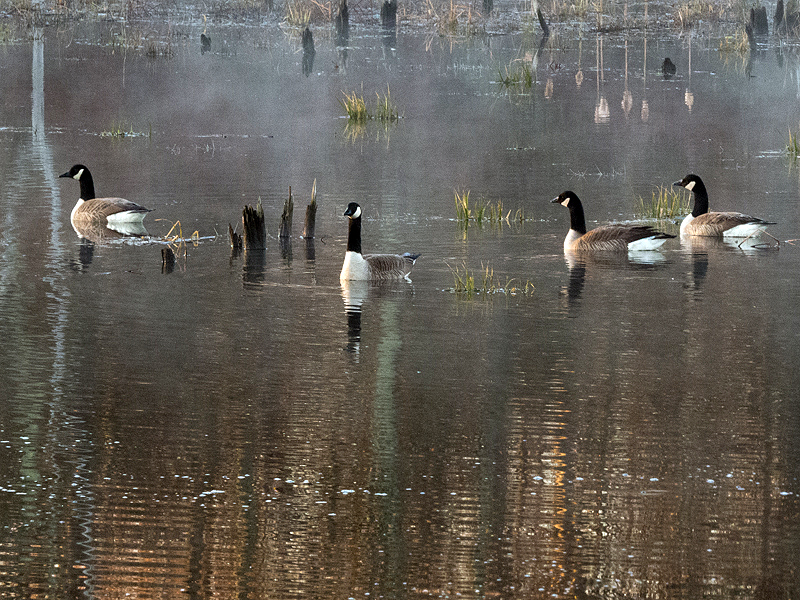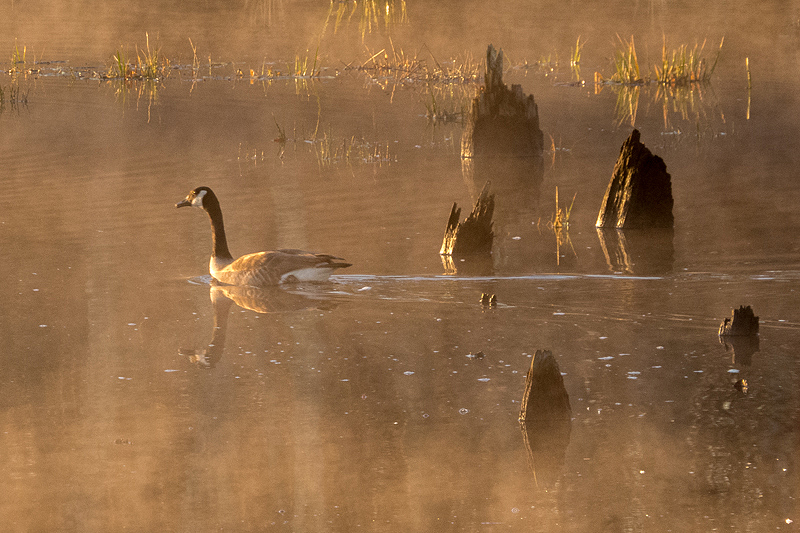Along the Air Line... 2015-2016 - Winter, Part 7 The Air Line Trail in Eastern Connecticut - Stan Malcolm Photos |
mHome Page Stan's FlickR Albums |
March 13th. Daylight Savings Time begins. Out early for a sunrise. |
|
|
|
|
|
|
|
|
|
|
|
|
|
|
|
|
|
|
|
|
|
|
A Beaver (Castor canadensis) was out, repairing its dam. |
|
March 14th. Canada Geese (Branta canadensis) east of Route 207. |
|
|
March 15th. A midday walk east of Cook Hill Road past the dairy farm, woodlands, and former heron roost marsh. |
|
Evidence that in the past, water levels in the marsh were much higher. |
A Northern Mockingbird (Mimus polyglottos). I've seen them here before, and nowhere else on the trail that I recall. |
|
|
One of several female House Finches (Carpodacus mexicanus). |
|
Scouring Rush (Equisetum hyemale) grows at several places along this stretch of trail. And ancient plant; not a rush. Silica in its tissues gives it an abrasive quality. Settlers used it to scour pots. |
Spores are dispersed from terminal cones. |
The stems are jointed and hollow. The black and cream structures are leaves, though the stem itself is photosynthetic. |
Several species of moss looking good in the moist weather. |
|
Lots of Lichen species including this Reindeer Lichen (Cladonia rangifera). |
|
|
A crustose lichen... |
|
...and a foliose lichen. |
Cup-like fruiting bodies. |
Pussy Willows wet with mist. |
I hadn't noticed the tiny insect in the previous picture until I edited it. With thanks to UConn's Dr. Jane O'Donnell and BugGuide.net, I have an ID: It's a Psyllid or "Jumping Plant Louse", perhaps Cacopsylla sp. which is known from Willow. |
|
Some had matured to expose pollen. |
|
|
March 16th. A far distant Great Blue Heron (Ardea herodius) passing over Raymond Brook Marsh. |
March 17th, late morning. Back to the marsh east olf Cook Hill Road in Lebanon to take better pictures of the Psillids I saw there two days ago. A beautiful day (marred by dark clouds, rain, and wind later). |
There were two pussy willow shrubs, one just starting to open... |
...and the other, several hundred feet away. just starting to show pollen. Both shrubs hosted Psillids. |
For now, I'm sticking with Cacopsylla sp. I collected some specimens for UConn's Dr. Jane O'Donnell who may be able to provide a more reliable ID. |
|
|
Strange beasts. |
Heading back out through the dairy farm. |
|
Caption? |
March 18th. A number of Canada Geese (Branta canadensis) passing through, to the annoyance of several resident pairs. |
|
